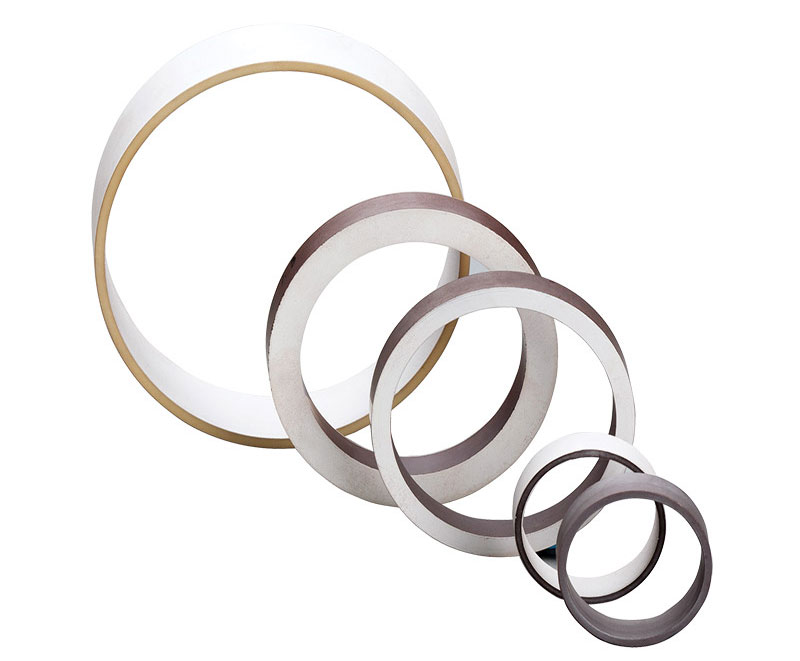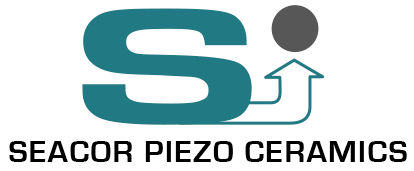Piezoelectric Materials Overview

About Piezoelectric Materials
By definition, a piezoelectric material generates a charge when put under pressure, and will show a change in volume when an electrical field is applied. It can be used as a transducer material for transforming electrical energy into mechanical energy and vice versa. Furthermore, applying an AC voltage to the material will cause it to vibrate, and generate mechanical waves with the same frequency as the electrical voltage. Similarly, if a mechanical vibration is applied, then a charge of proportional size and same frequency will be generated.
History
Piezoelectric activity was first discovered in single crystals by J. and P. Curie in 1880. However, it was not until 1946 that scientists discovered that BATiO3 ceramics could be made piezoelectric by application of an electric field. This led to the discovery of a number of piezo ceramics and to the Lead Zirconate Titanate (PZT) family, in 1956. With its increased sensitivity and higher operating temperature, PZT compositions soon replaced BATiO3 in many existing devices and are still the most widely used piezo ceramics today.
The ceramic materials have several advantages over single crystals, including; higher sensitivity (up to several hundred times higher) and ease of fabrication into a variety of shapes and sizes. In contrast, single crystals must be cut along certain crystallographic directions, Iimiting the possible geometrical shapes.
Applications
Piezoelectric ceramics are used in a broad range of applications due to their excellent properties, such as high sensitivity, ease of manufacture and the possibility of poling the ceramic in any direction. A few applications are listed below:
- Accelerometers
- Acoustic emission transducers
- Actuators
- Alarm Systems: Movement detectors, broken window sensors
- Dental work: removal of plaque
- Energy Harvesting
- Flow Meters: Blood, industrial process, waste water, fuel
- Hydrophones: Seismic, biologic, military, underwater communication
- Industrial sensors based on ultrasound: Level control, detection, identification
- Inkjet printers
- Medical: Scanning, therapeutoc, heat treatment, surgical, cleaning veins
- Micro positioning devices: Optics, scanning tunneling microscopes
- Musical instruments pickups
- NDT: Transducers for Non Destructive Testing
- SAW, Surface Acoustic Waves: Touch screens, filters
- Underwater acoustics
- Welding and drilling of metals and plastics
All photos courtesy of CTS Corporation © 2020

